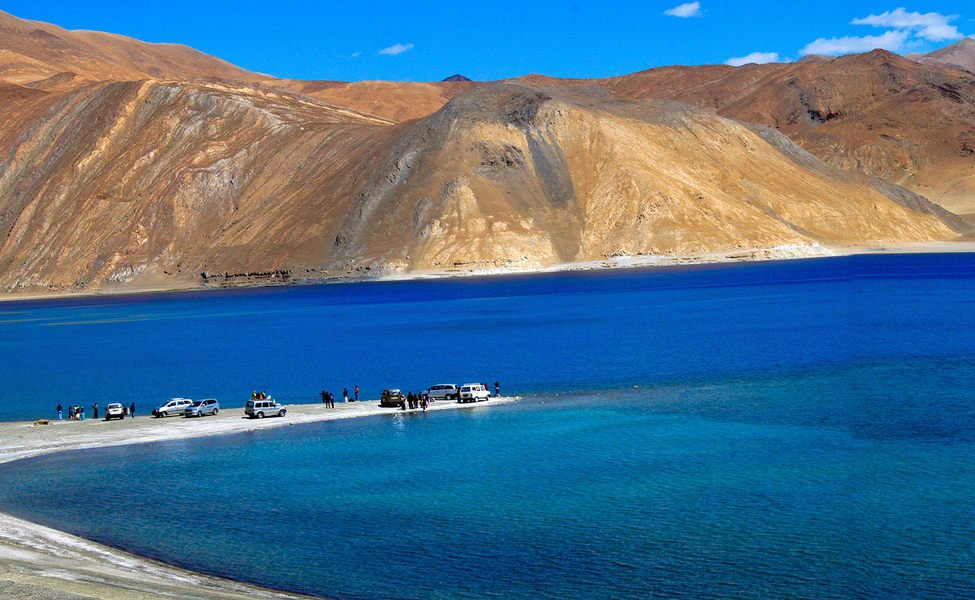
Introduction
Nestled in the northernmost part of India, Ladakh is a land of unparalleled natural beauty, rugged landscapes, and a unique blend of cultures. Often referred to as the “Land of High Passes,” Ladakh’s stark and pristine beauty, rich cultural heritage, and spiritual aura make it a destination like no other. In this blog, we will explore the wonders of Ladakh.
Geography and Topography
Ladakh is situated in the northernmost part of India, bordering Tibet to the east and Pakistan to the west. Its dramatic landscape features towering mountain ranges, including the Himalayas, the Karakoram Range, and the Zanskar Range. The region is renowned for its high-altitude desert, where the barren mountains meet expansive, azure skies.
Ladakh boasts several high mountain passes, some of which rise above 5,000 meters (16,404 feet) above sea level. The Khardung La Pass, often claimed to be the world’s highest motorable road, and the Chang La Pass are just a few of the iconic passes that offer breathtaking views and thrilling adventures for travelers.
Natural Beauty
Ladakh’s natural beauty is awe-inspiring. The region is dotted with pristine lakes like Pangong Tso, Tso Moriri, and Tso Kar, their waters reflecting the surrounding mountains in surreal shades of blue. The Nubra Valley, surrounded by stark desert landscapes and adorned with lush oases, is another mesmerizing sight.
The stark terrain of Ladakh is a paradise for adventurers and nature enthusiasts. It is a hotspot for trekking, river rafting, mountain biking, and wildlife photography. The Hemis National Park, home to the elusive snow leopard and a variety of other wildlife species, is a must-visit for wildlife enthusiasts.
Cultural Diversity
Ladakh’s cultural tapestry is as diverse and captivating as its geography. The region is predominantly Buddhist, and its monasteries are iconic symbols of Ladakhi culture. The Thiksey Monastery, Hemis Monastery, and Diskit Monastery are not only places of worship but also architectural marvels that provide deep insights into the spiritual life of the people.
Ladakh’s annual festivals, such as the Hemis Festival and Losar, are vibrant celebrations of music, dance, and spirituality. The traditional Ladakhi attire, adorned with vibrant colors and intricate designs, is a testament to the region’s rich cultural heritage.
Challenges and Resilience
Ladakh faces its share of challenges, primarily due to its remote location and harsh climatic conditions. Harsh winters often cut off the region from the rest of the world, and the inhabitants have adapted to a life of self-sufficiency.
In recent years, the region has also experienced changes in its environment, including issues related to glacial melt and desertification. These challenges are a reminder of the importance of sustainable practices and responsible tourism to preserve the fragile ecosystem of Ladakh.
Conclusion
Ladakh, with its towering peaks, serene lakes, and rich cultural heritage, stands as a testament to the enduring beauty of untouched landscapes and the resilience of its people. It is a place where one can experience the raw grandeur of nature and the deep spirituality of its residents. As travelers explore the “Land of High Passes,” they leave with not just photographs but also a sense of wonder, reverence, and a desire to protect the unique beauty of this remote and timeless land. Ladakh is more than a destination; it is an experience that leaves an indelible mark on the soul.



